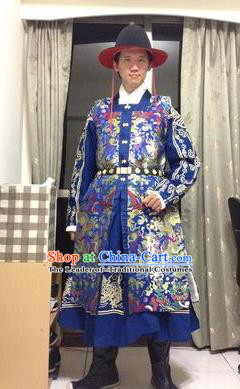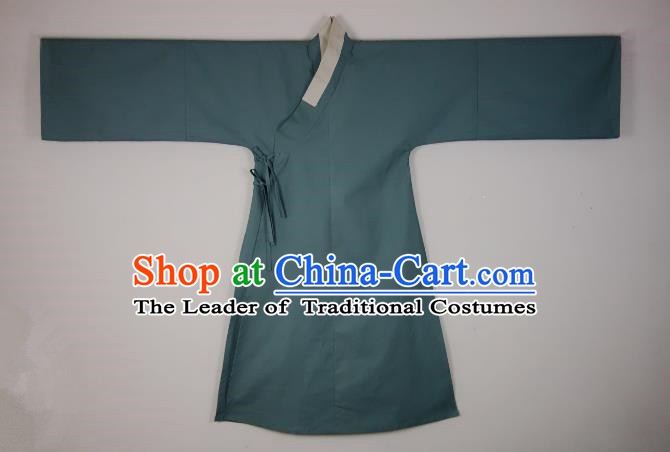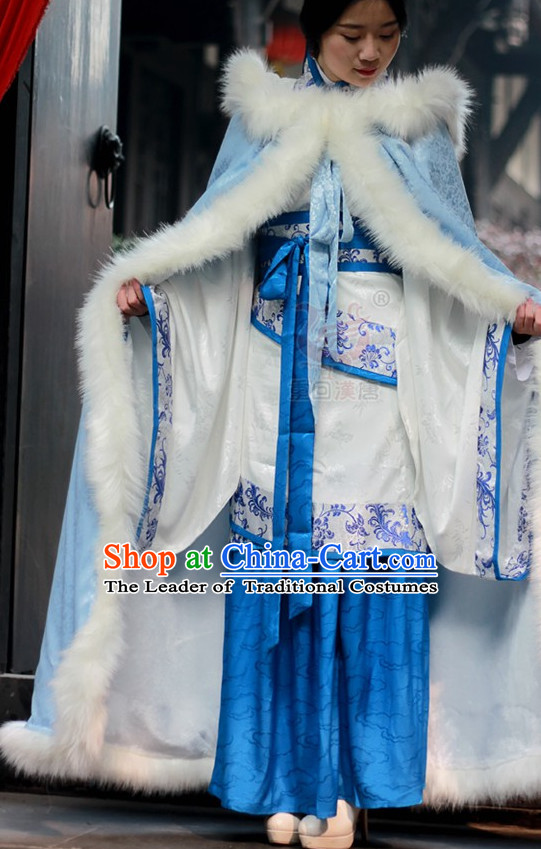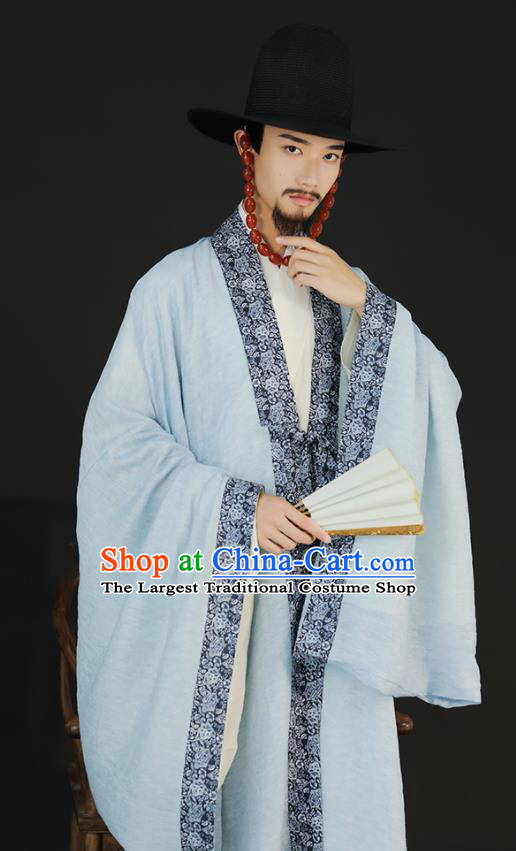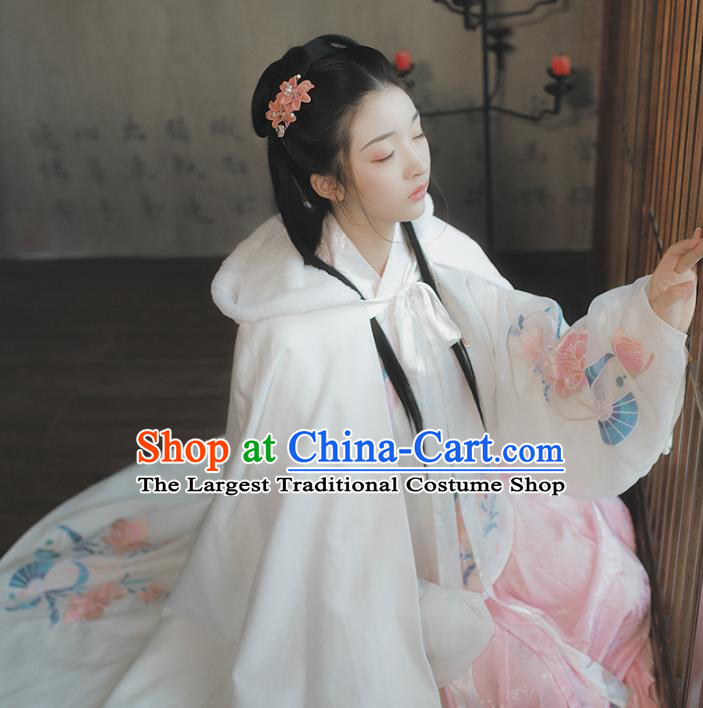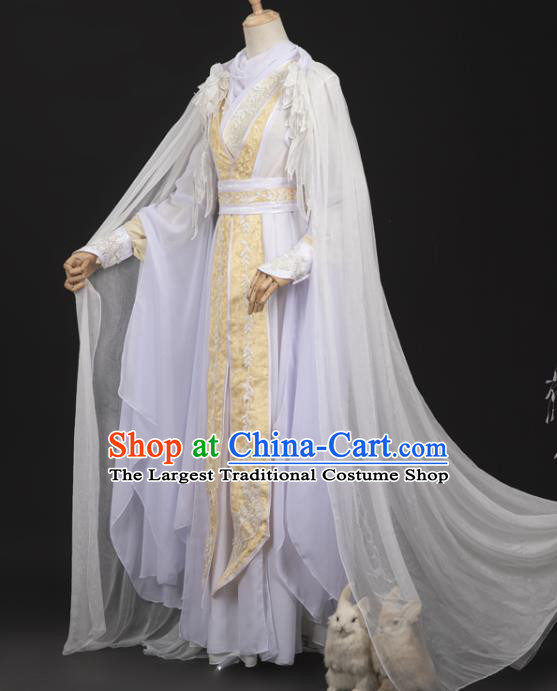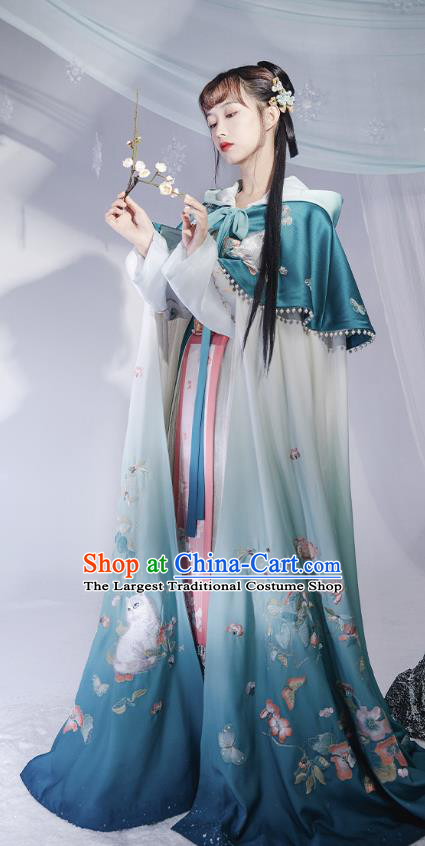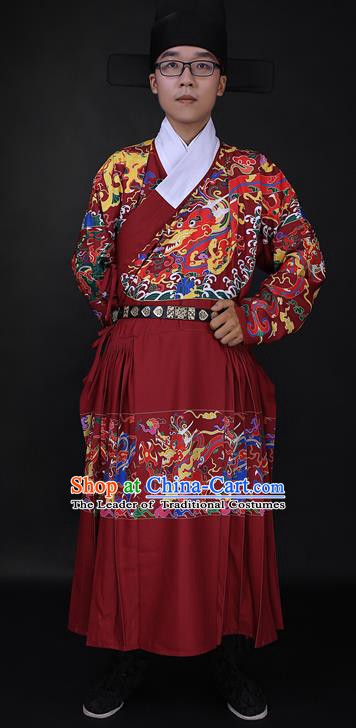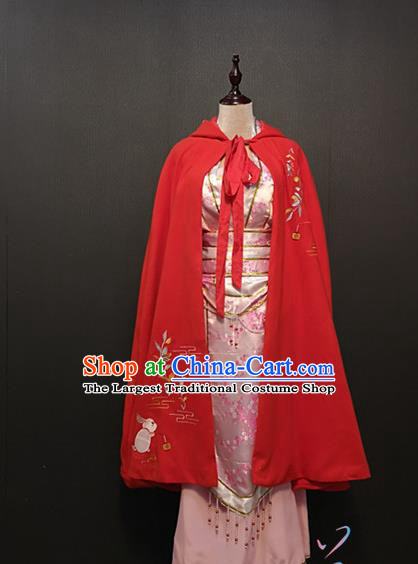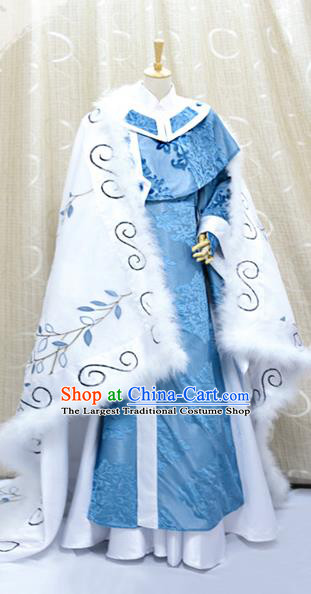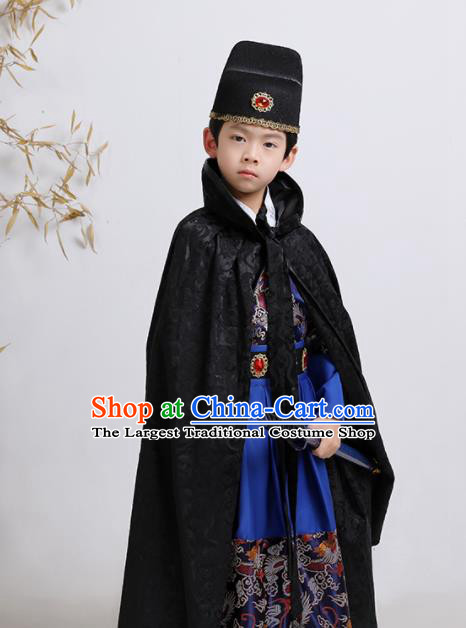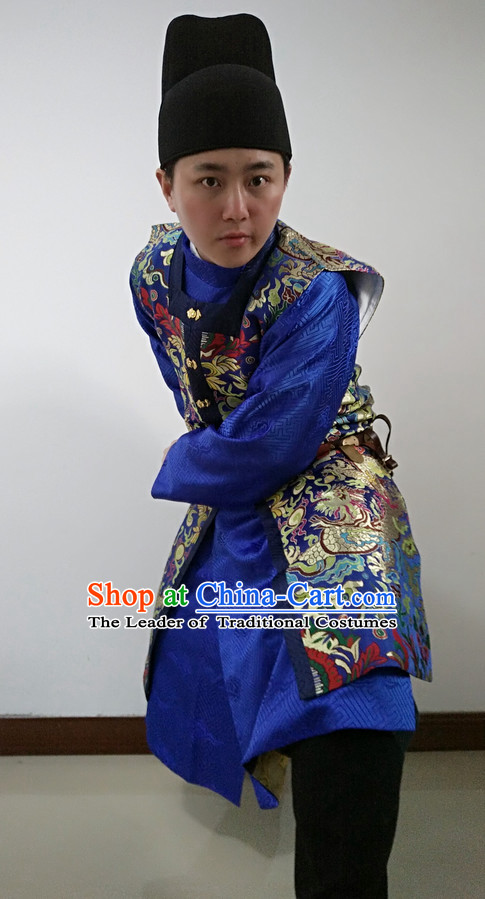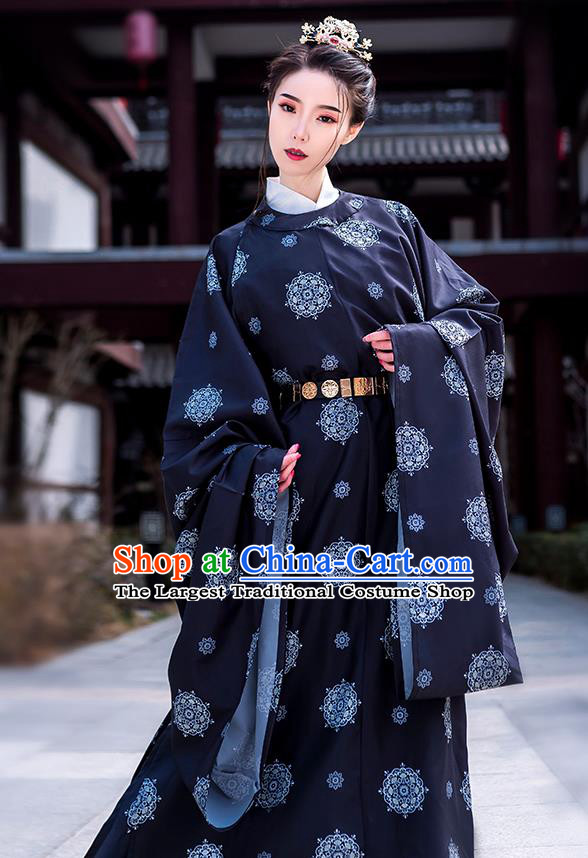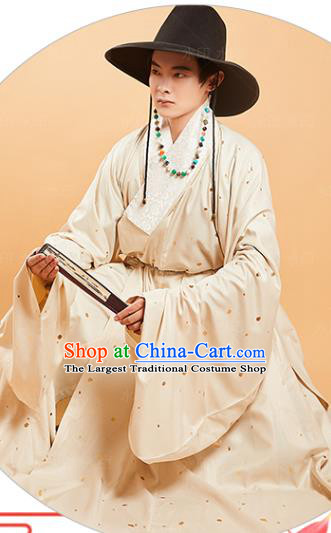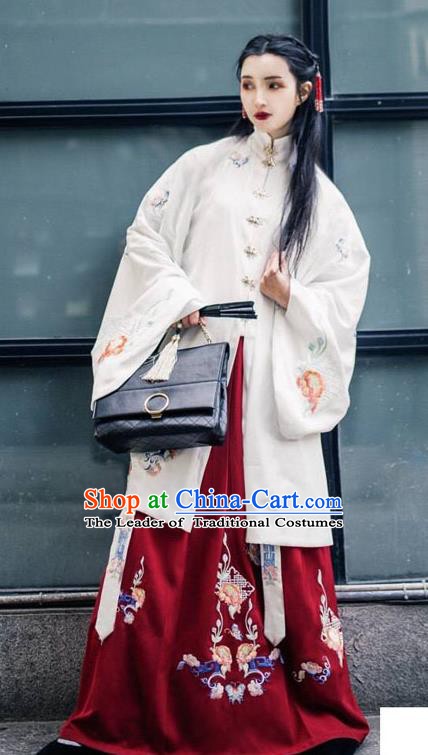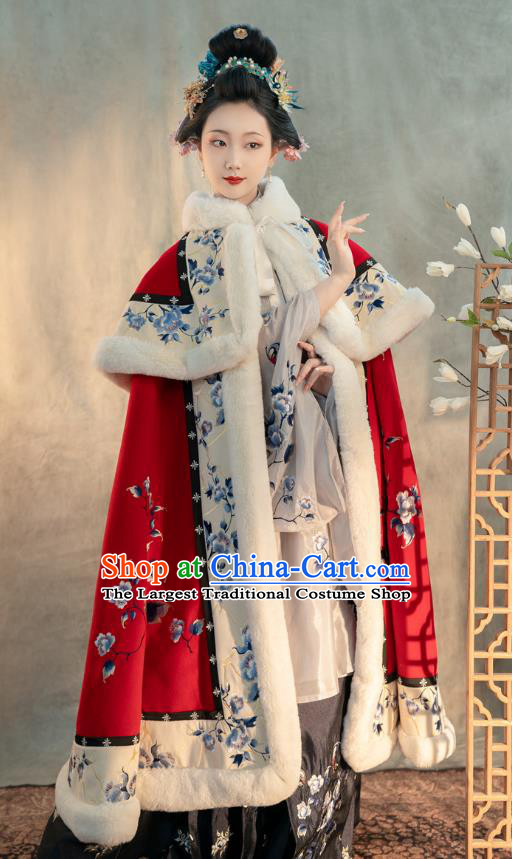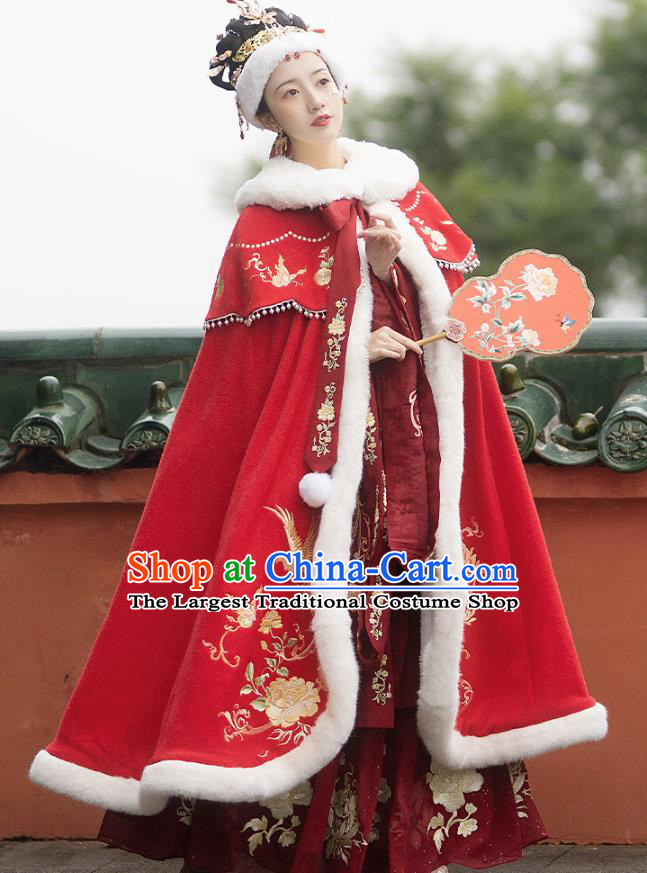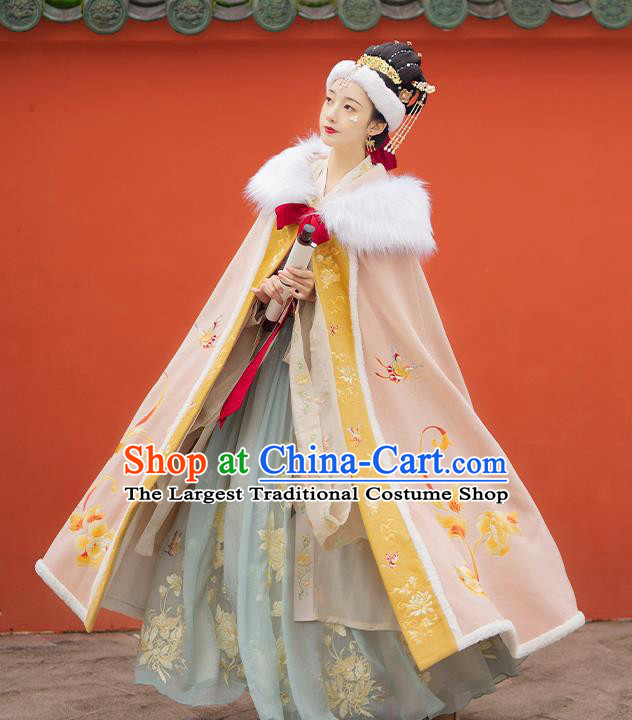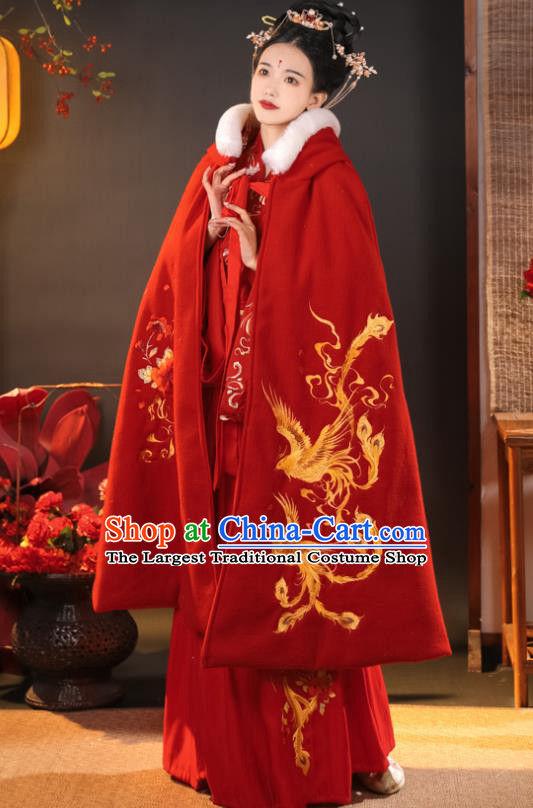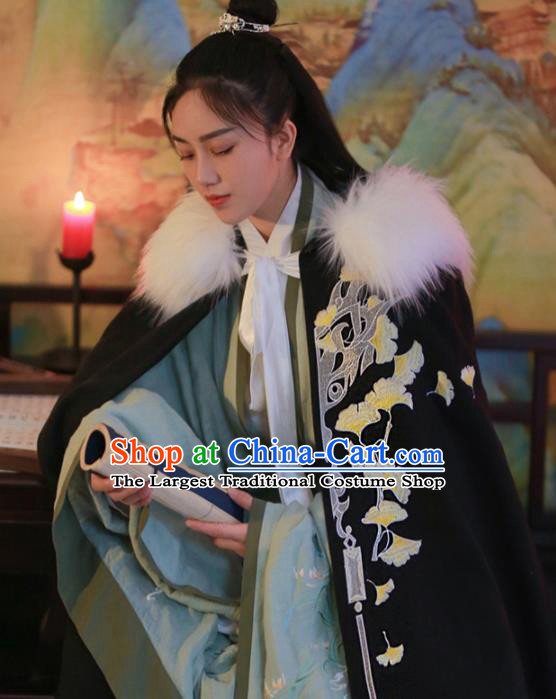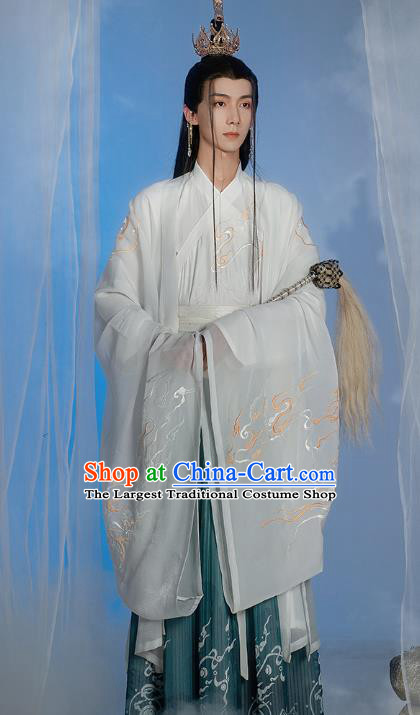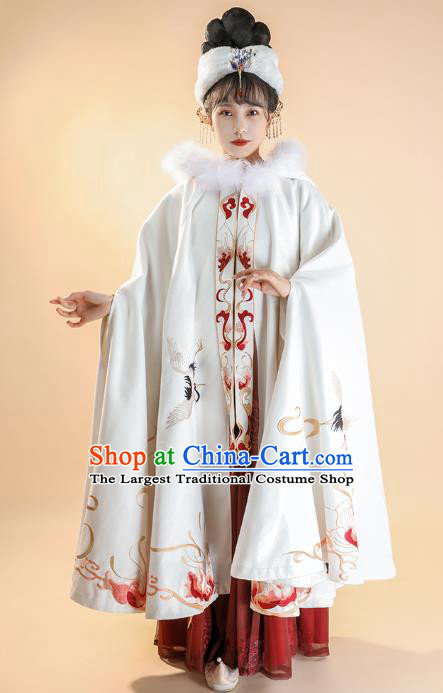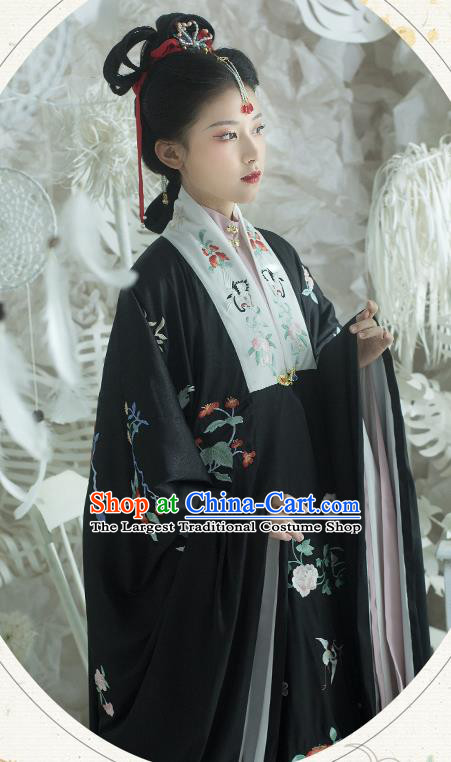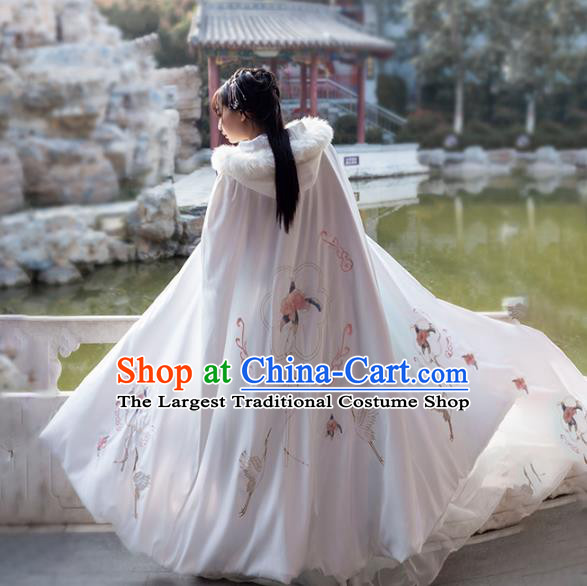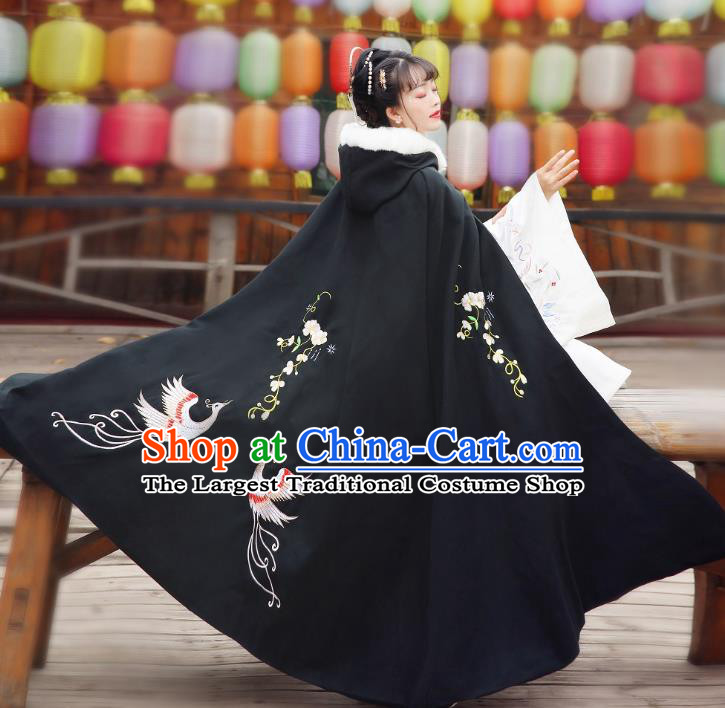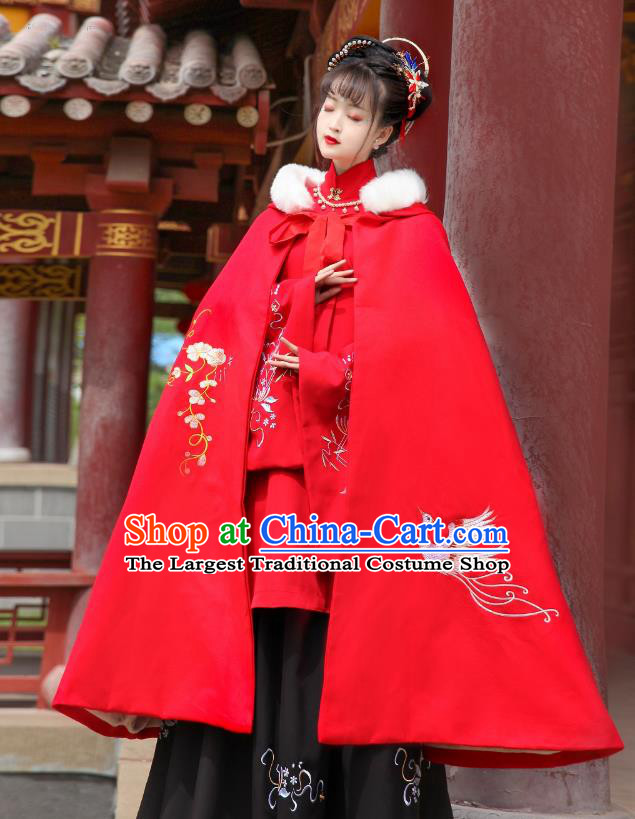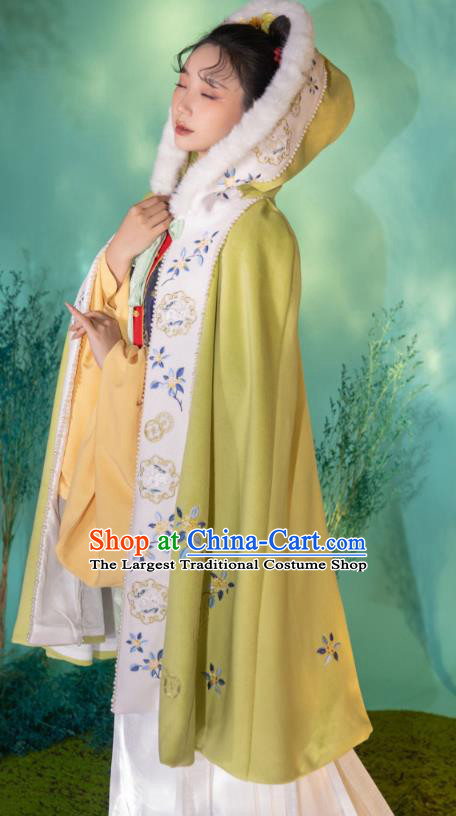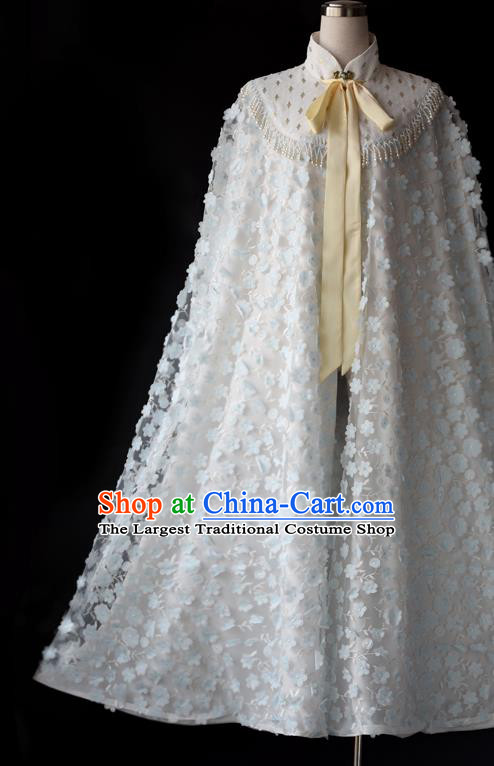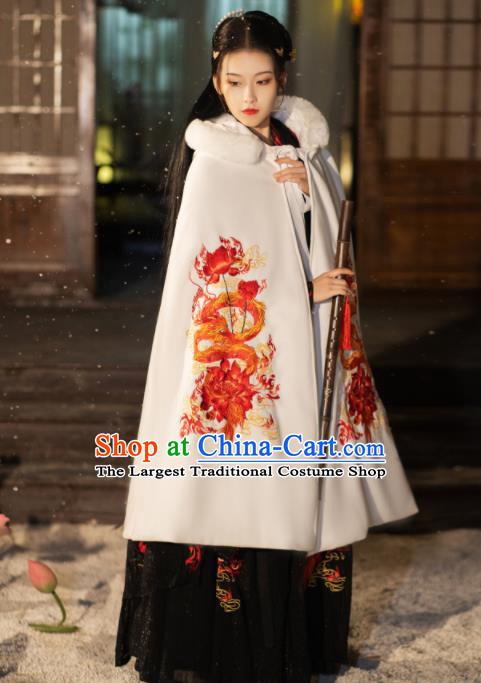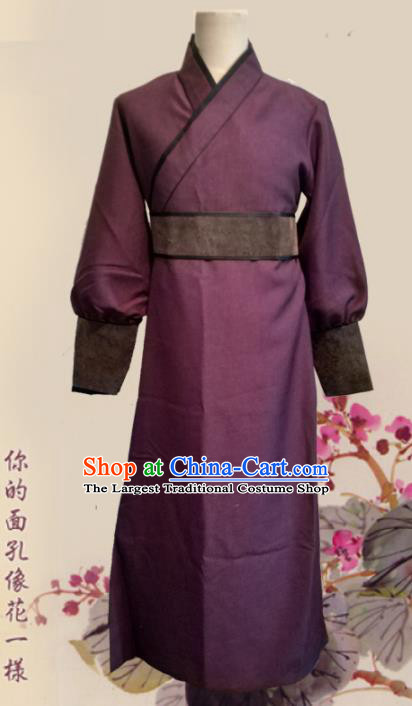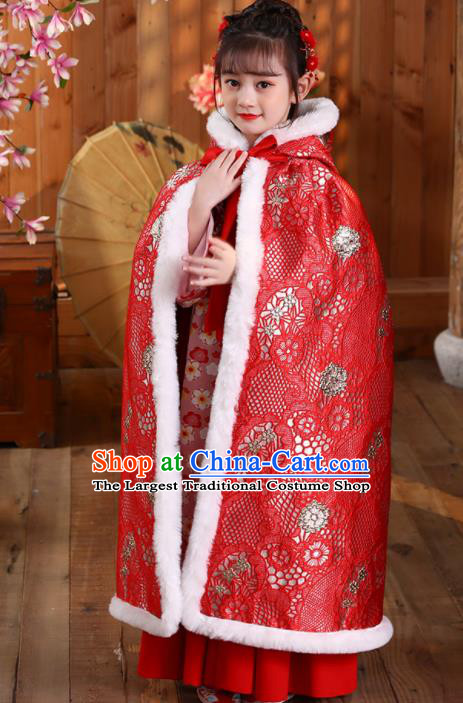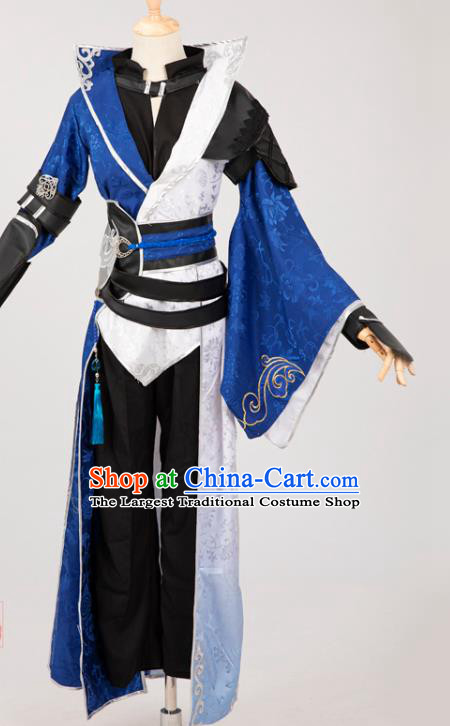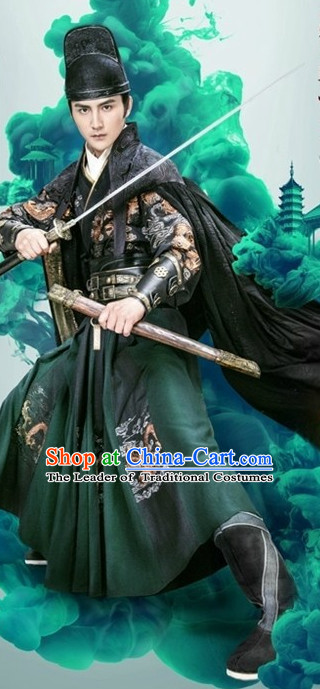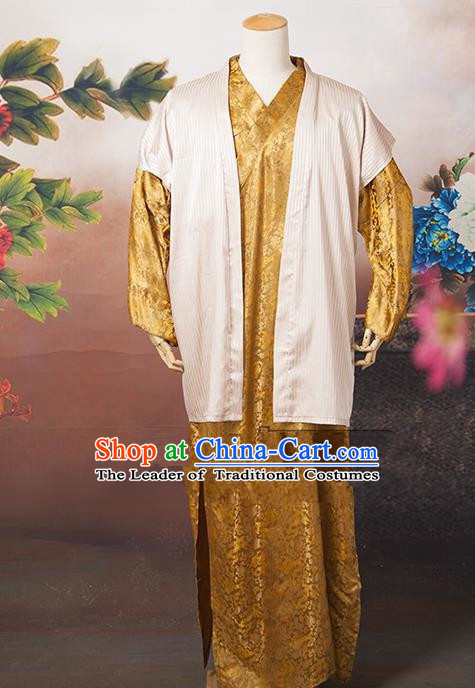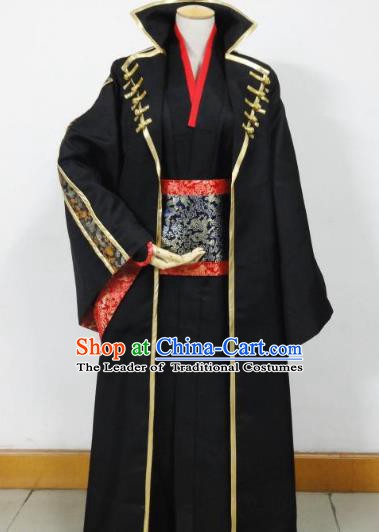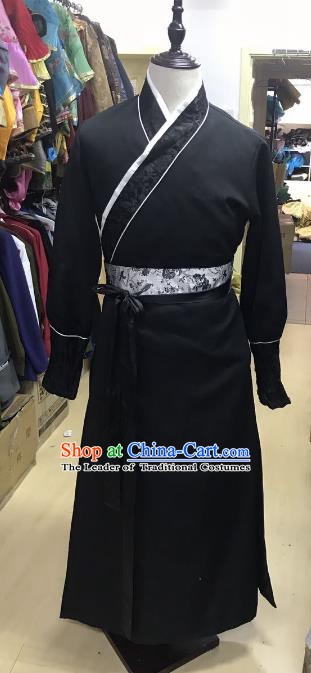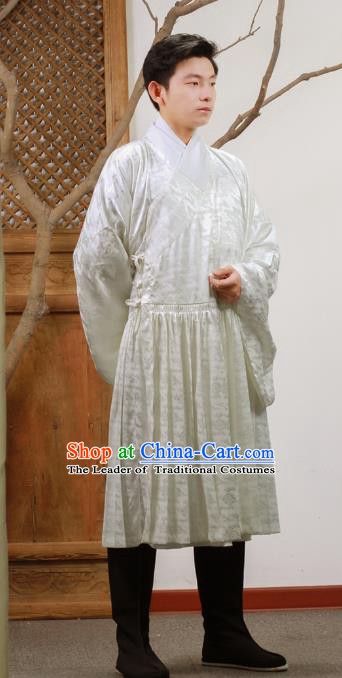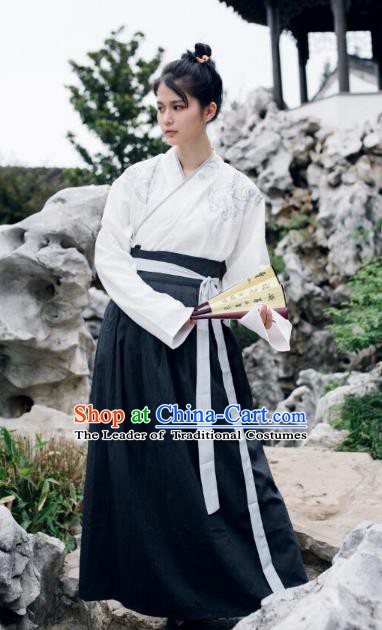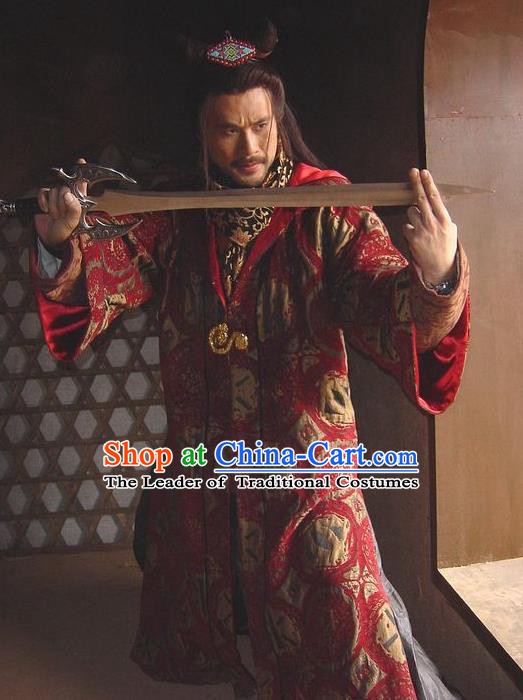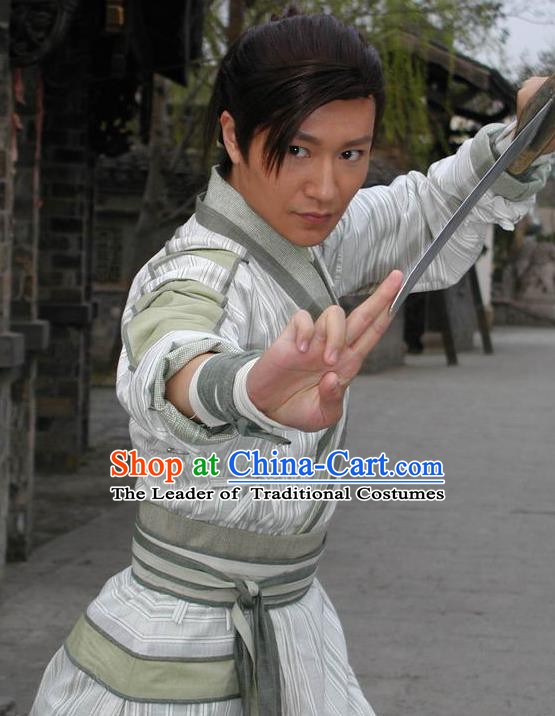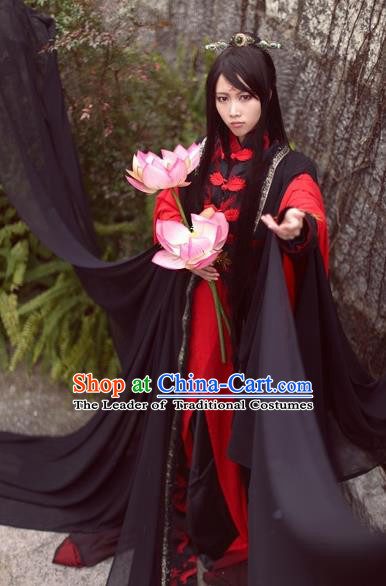
Click Related Pictures for More Audios:
This ancient Chinese Ming Dynasty swordsman costume, with its combination of blue cape and gown, showcases an elegant, refined, and historically significant artistic style.
This attire not only represents the unique charm of ancient Chinese culture but also reflects the characteristics of social classes and occupations at that time.
The blue cape is the core part of this costume, made from high-quality materials such as silk or cotton.
Blue symbolizes loyalty, bravery, and wisdom, which are particularly important qualities for ancient Chinese swordsmen.
The design of the cape usually incorporates tassels, pleats, and decorative elements to enhance its visual appeal and practicality.
The gown provides warmth and protection while also showcasing the wearer's taste and status.
In addition to its aesthetic beauty, this costume carries rich historical significance.
During the Ming Dynasty, swordsmen were a respected profession responsible for defending the country, maintaining order, and enforcing the law.
Therefore, the swordsman costume was not just a fashion trend but also a symbol of identity and social status.
By wearing such attire, people expressed their respect for traditional culture and the inheritance of their ancestors' wisdom.
Furthermore, this costume reflects the level of craftsmanship and technological development at that time.
Handmade production was the main mode of production in that era, so each garment was meticulously crafted by skilled artisans.
From details to overall design, it embodies the artisans' exquisite skills and pursuit of beauty.
This emphasis on craftsmanship makes these costumes precious historical heritage, providing a valuable window for us to understand ancient Chinese culture and art.
In conclusion, this ancient Chinese Ming Dynasty swordsman costume, with its unique blue cape and gown combination, showcases an elegant, refined, and historically significant artistic style.
It not only represents the unique charm of ancient Chinese culture but also reflects the characteristics of social classes and occupations at that time.
By appreciating and studying these cultural heritages, we can better understand the history, culture, and values of ancient China.
